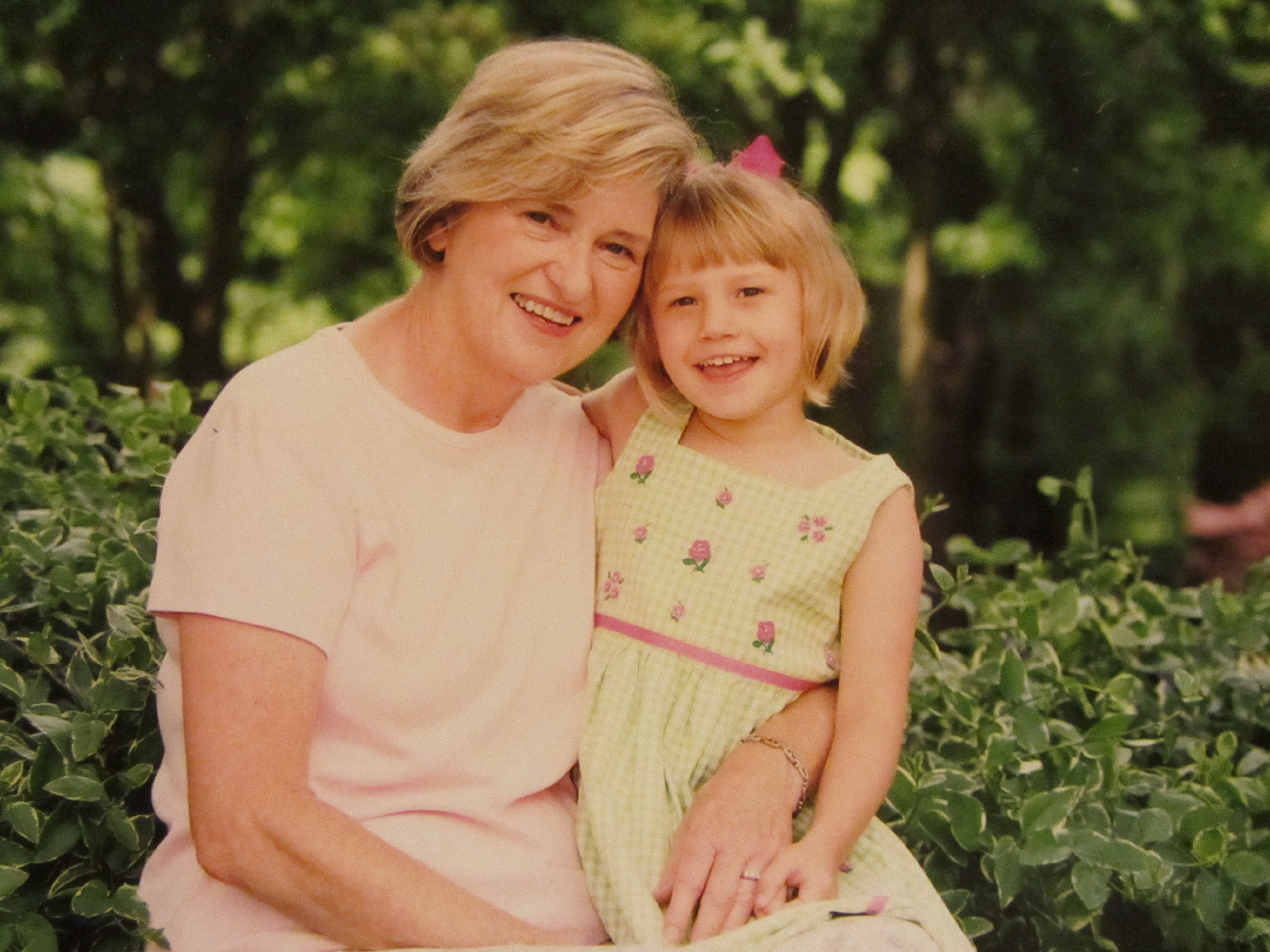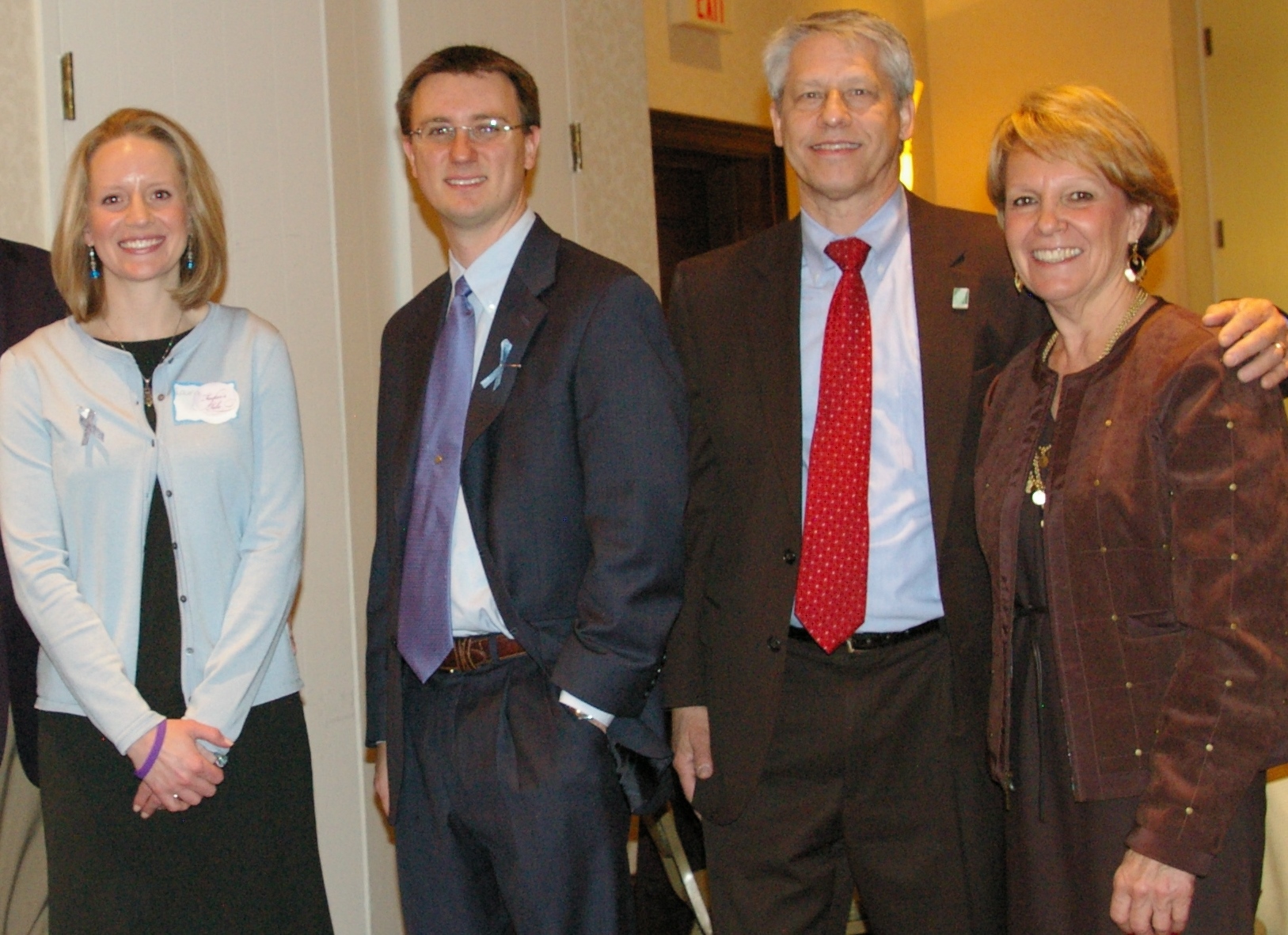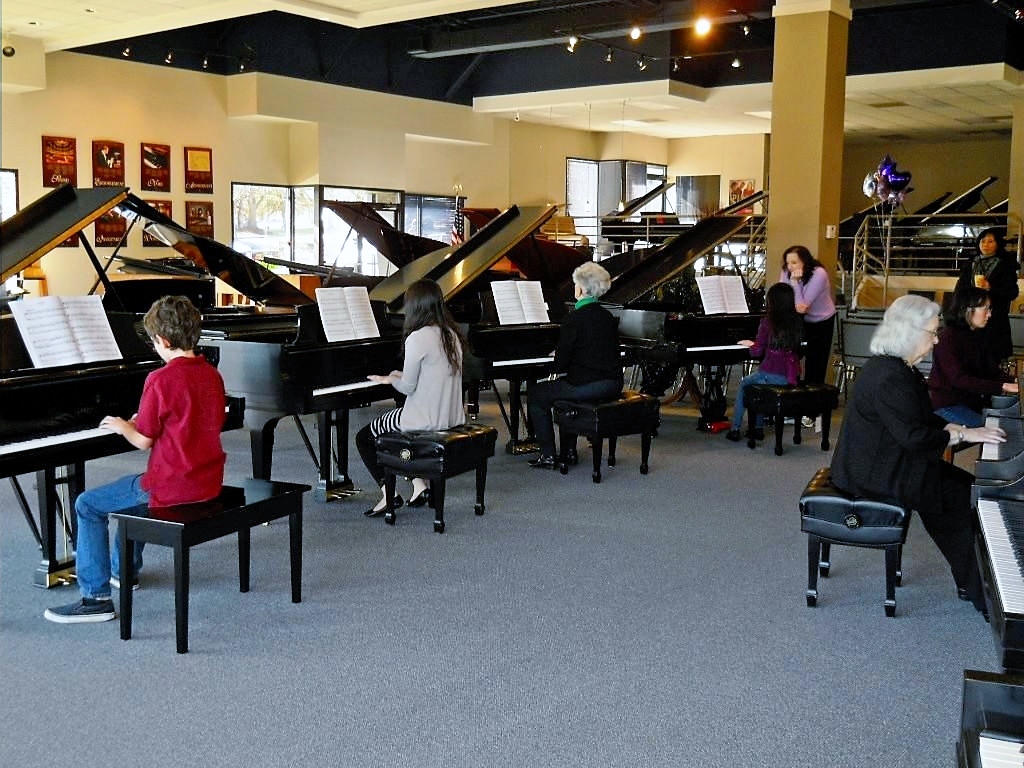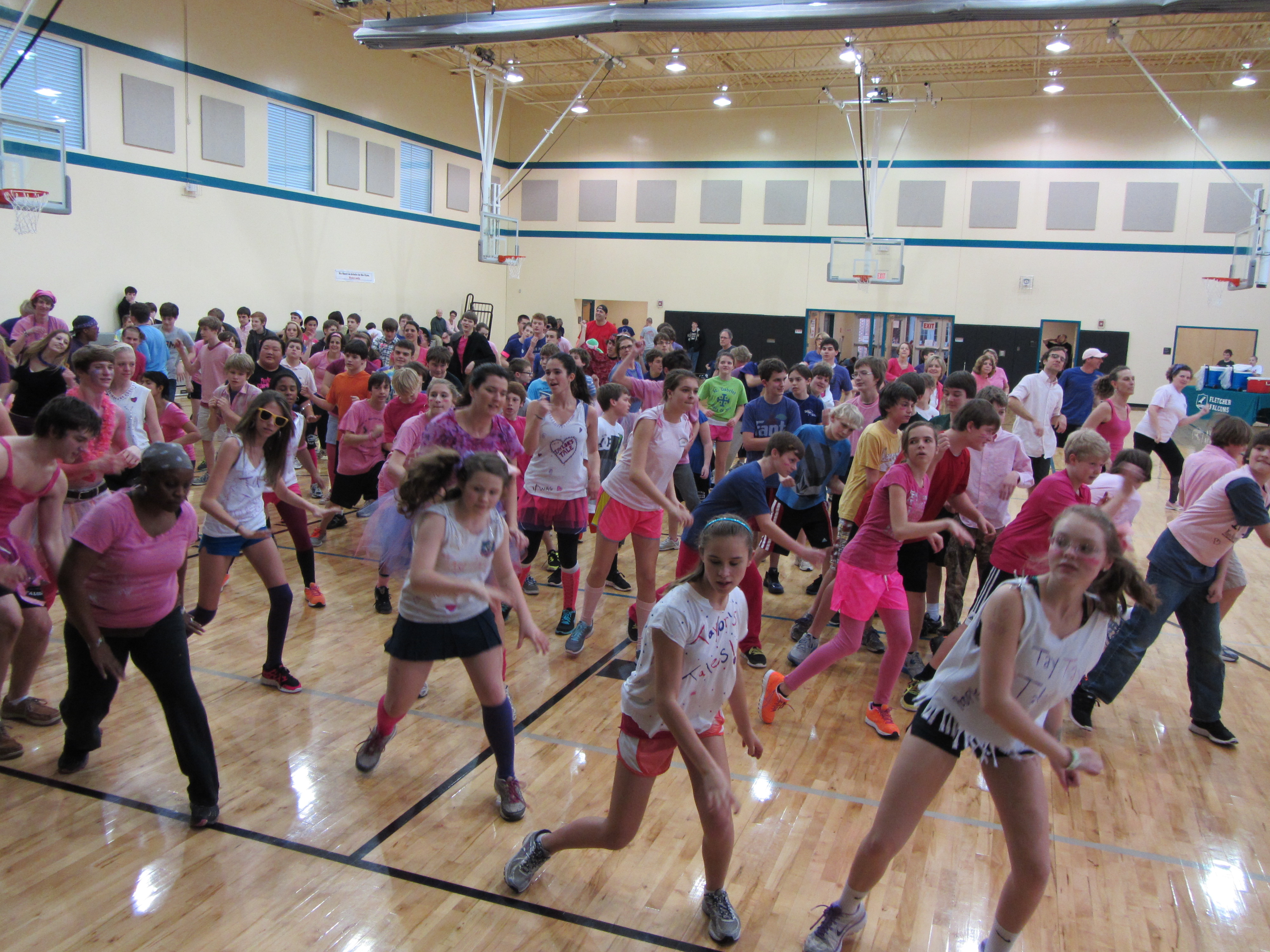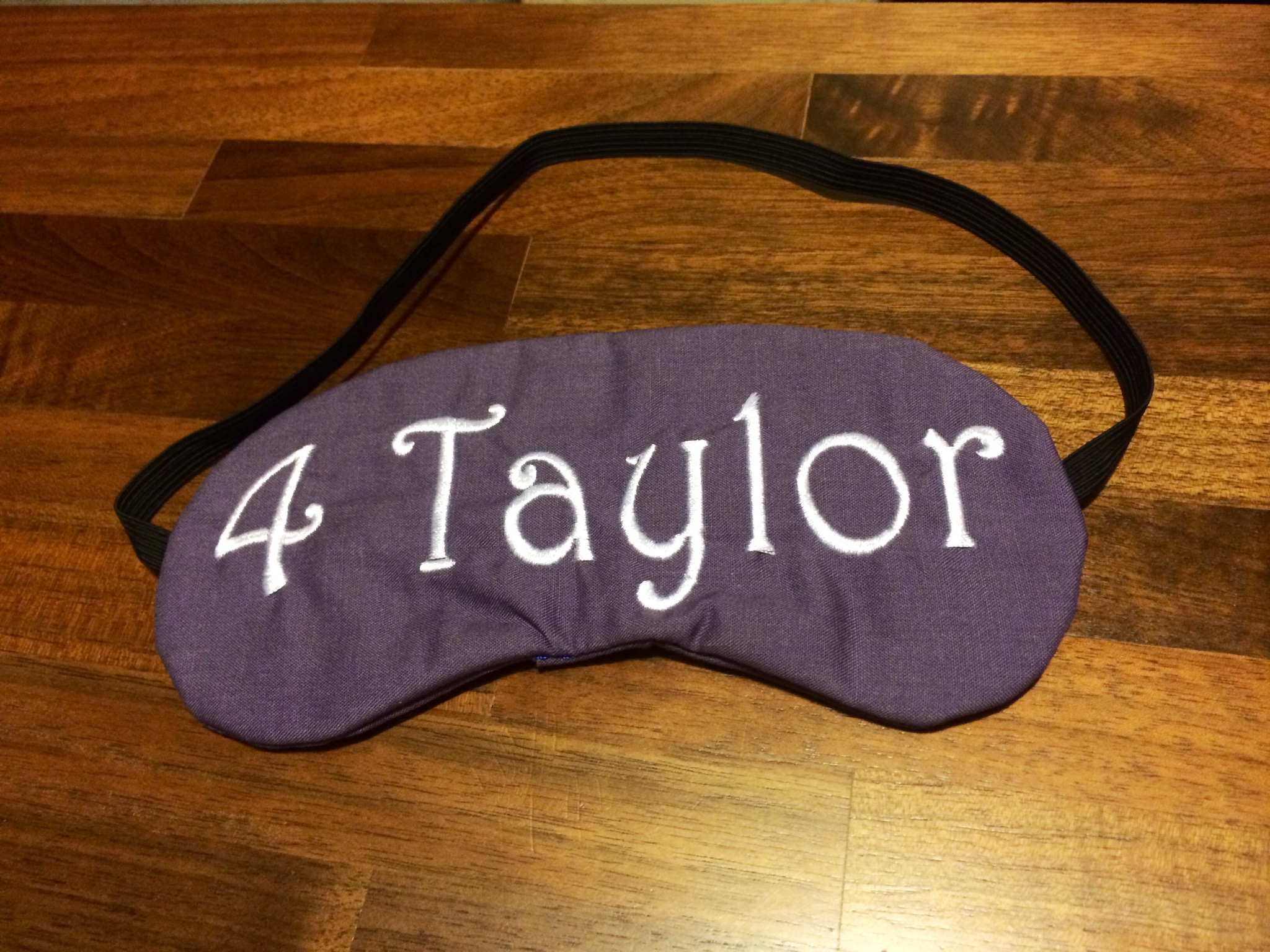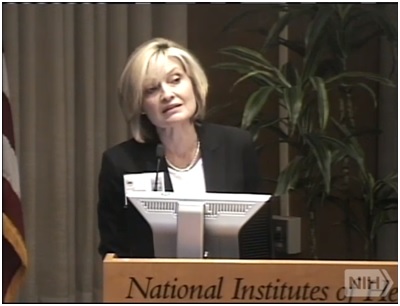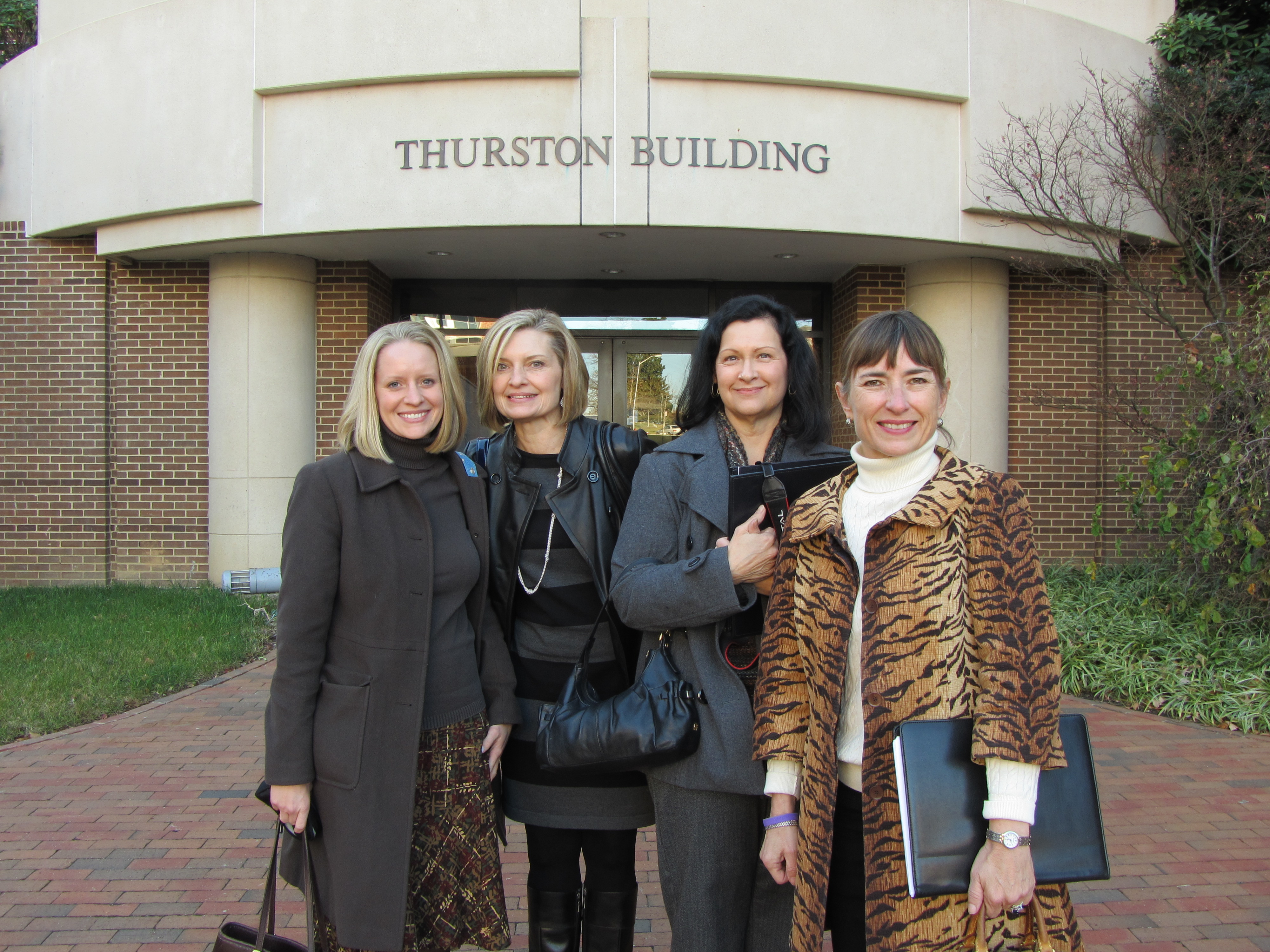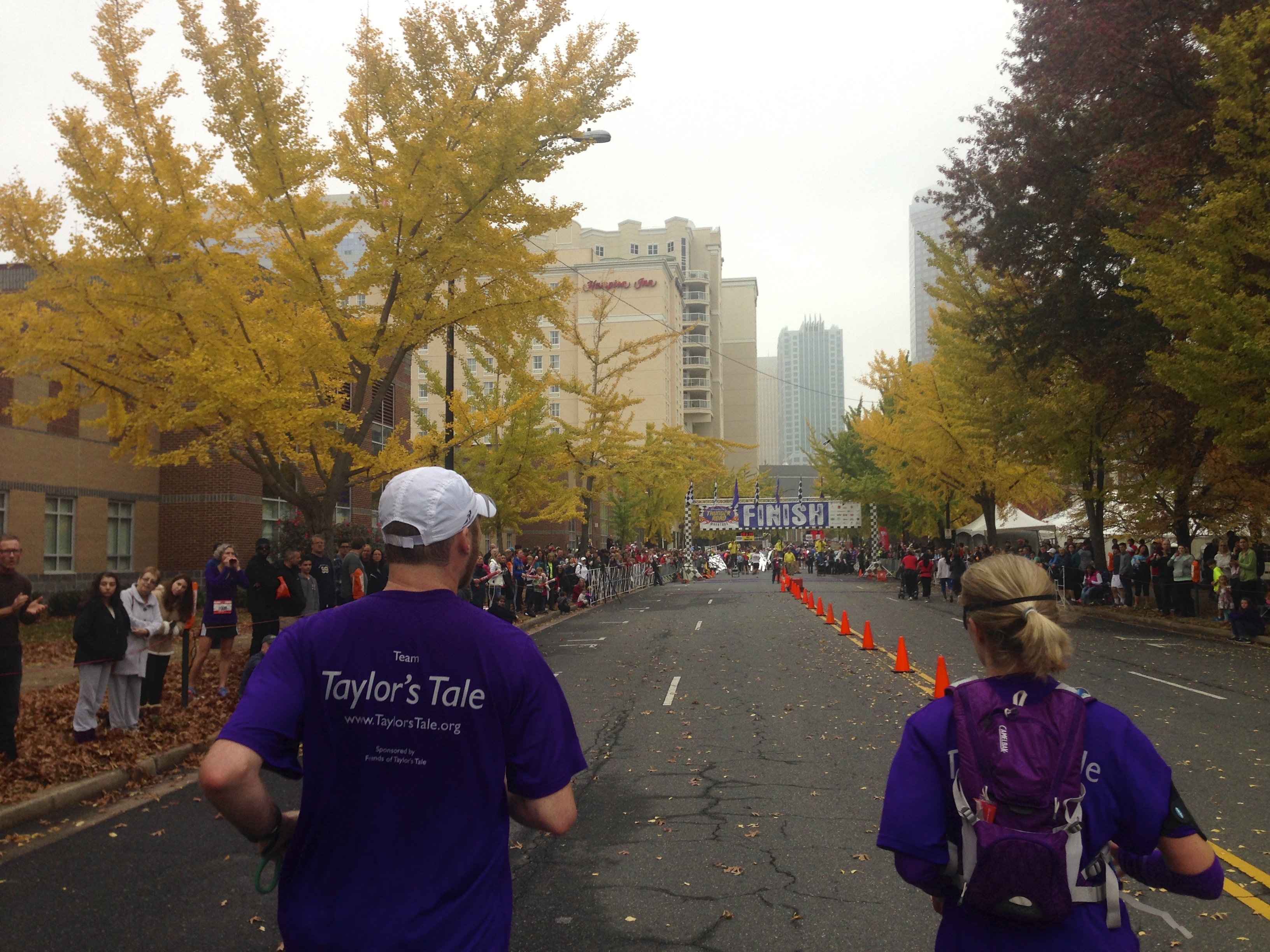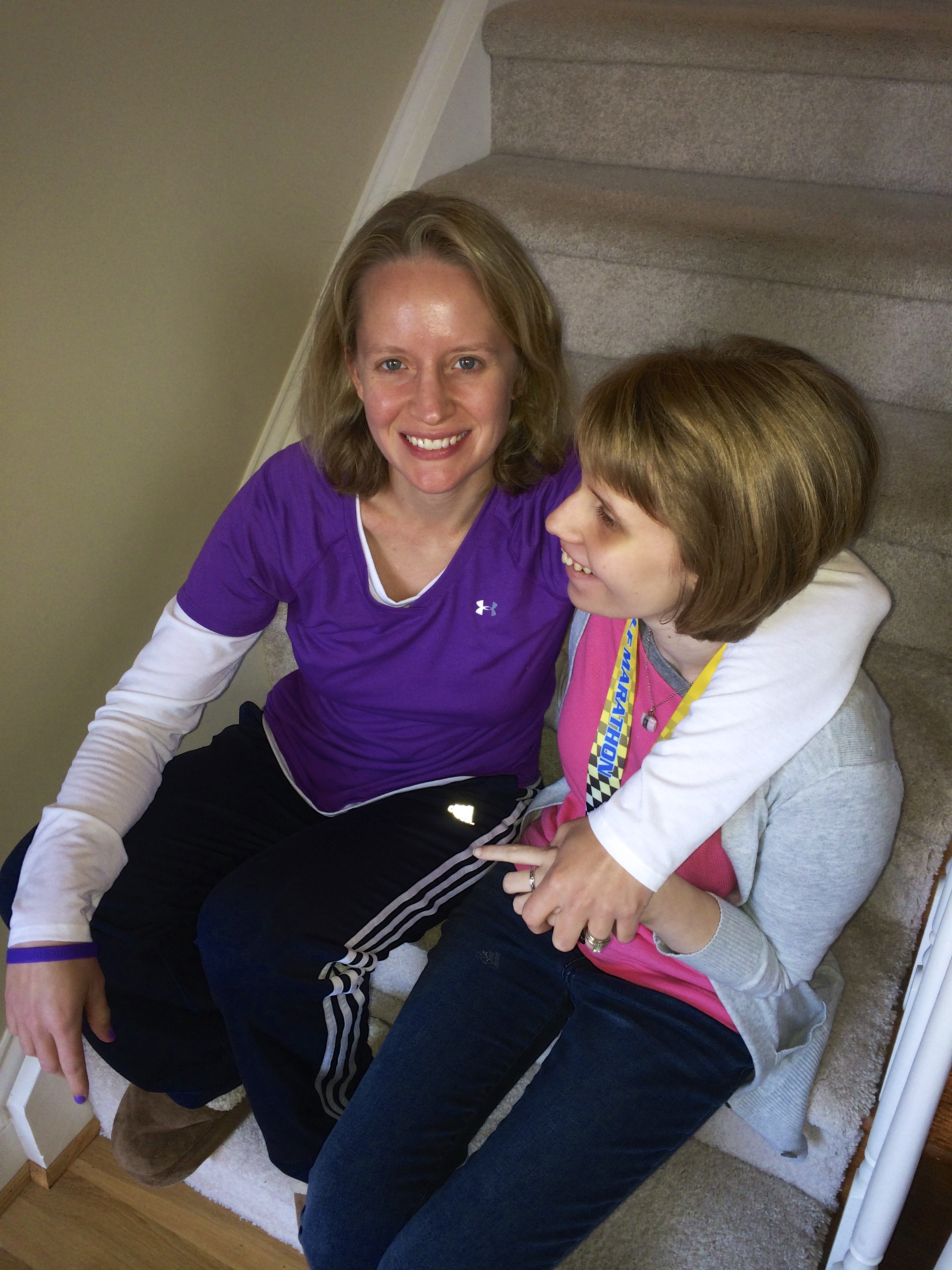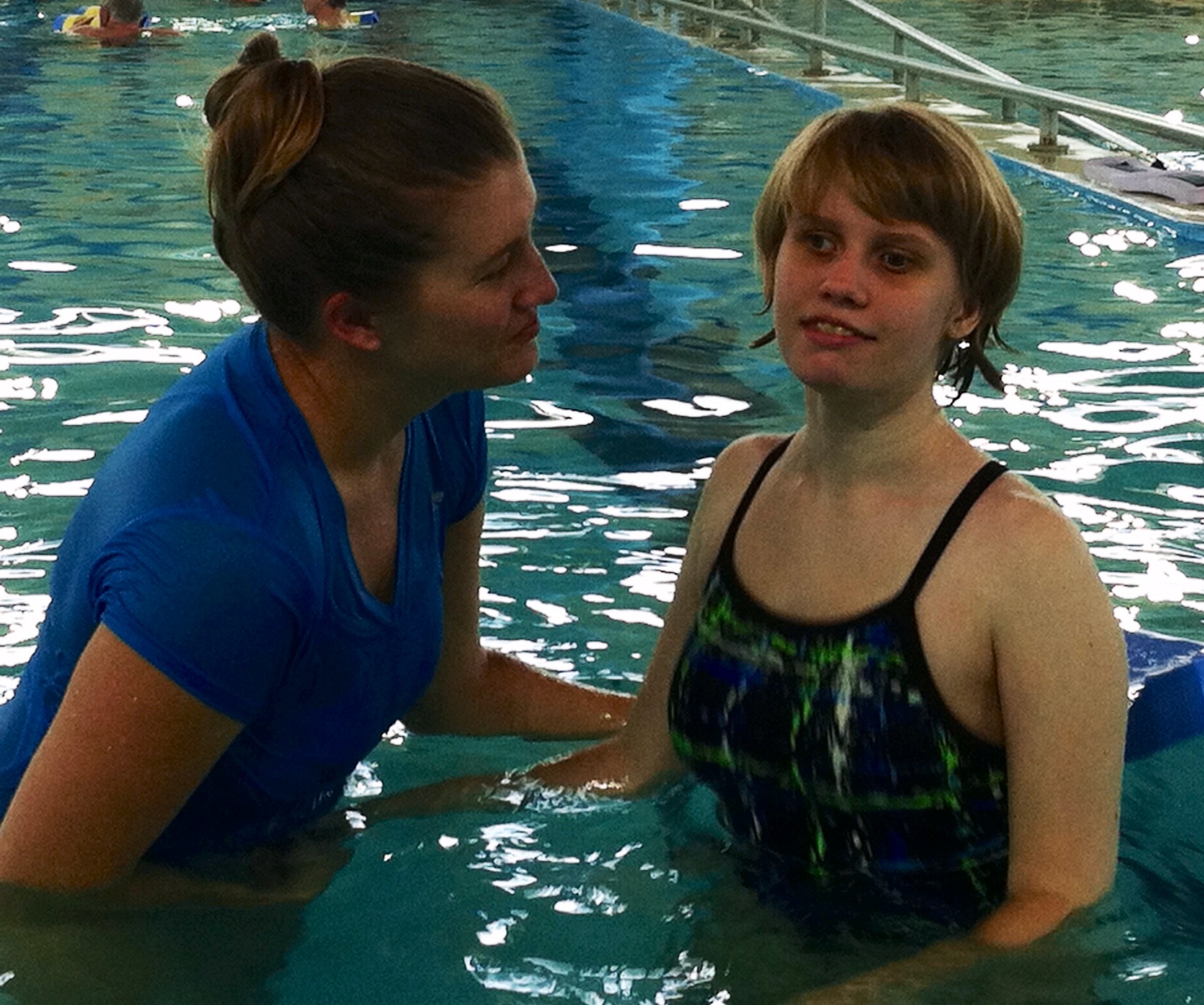You might assume that a summit dedicated to rare disease would be a negative experience, perhaps even bordering on tragic. You would be wrong.
The Global Genes RARE Patient Advocacy Summit held in Huntington Beach, California, on September 24-25 illustrates the positive energy that defines the rare disease community. Some people showed up in wheelchairs, while others had masks across their mouths and noses. One teenage girl brought her service dog, and one woman brought her oxygen tank.
While rare diseases create a seemingly endless variety of challenges, the summit participants all share the determination to help others and to leave no stone unturned to improve the lives of rare disease patients. continue reading →

